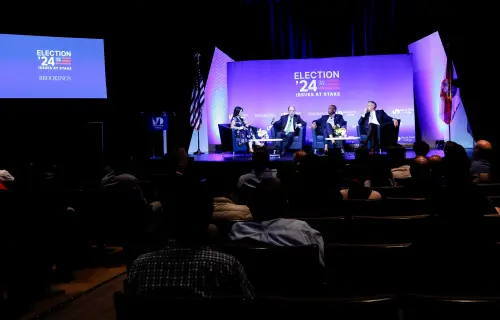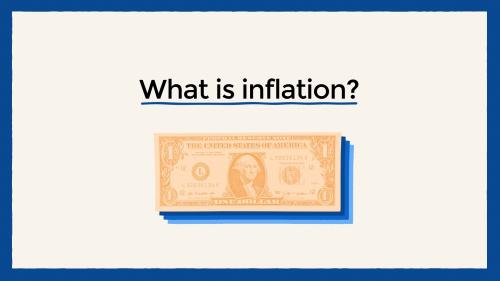As tax hikes and spending cuts loom, we at the Metro Program will continue to harp on the need also to renew the economy. Put simply, U.S. economic strength and fiscal health requires that Congress cut and invest to catalyze economic renewal even as it moves the nation toward fiscal stability.
Along those lines, two briefs the program is releasing today as part of our Remaking Federalism / Renewing the Economy series call for budget negotiators to curtail the massive mortgage interest deduction (MID) and use some of the savings to expand and make permanent the critical research and experimentation (R&E) tax credit.
These proposals epitomize what needs to happen this winter as Congress moves to fix the debt. To begin with, the time has come to reform the mortgage interest tax break, which continues to grow exponentially, subsidizes excessive housing consumption, and diverts substantial resources from more productive pursuits. Writes our colleague Bruce Katz: “Reforming the MID offers an opportunity for the federal government to realize hundreds of billions of dollars in savings over a 10-year period to contribute towards deficit reduction as well as to invest in tax incentives that are likely to spur more productive and innovative economic growth.”
So let’s do it. Let’s limit the deduction now to generate from $350 billion to $500 billion or more for deficit reduction and investments over the next 10 years.
At the same time, there are few more overdue, catalytic, and meritorious uses of a sliver of MID-reform revenues than a decisive move to renew the force and clout of the federal R&E tax credit, the stimulative effective of which has waned over time.
The R&E tax credit is, after all, an American invention that in 1981 announced to the world that the United States placed a high priority on cultivating an innovation-driven economy and knew how to do it.
Since its inception, the credit has been widely held to have provided an important boost to economic growth both nationally and in metropolitan areas. By lowering the effective cost of research it has encouraged firms to engage in more such activity than they otherwise would have and so has helped produce increased innovation and first-mover advantages, job growth, and productivity.
However, in recent years the credit has been the object of neglect. Continual cycles of expiration and reauthorization have undermined the effectiveness of the credit by injecting uncertainty into companies’ R&D investment calculations. Indeed, Congress has left the R&E tax credit to languish since its most recent expiration on December 31, 2011.
Meanwhile, the rest of the world has caught on to the importance of stimulating R&D investment, with many nations now offering even more generous encouragement to the private sector. As a result, the United States now ranks 27th in terms of R&D tax incentive generosity.
Now, as the nation’s advanced firms and metropolitan centers of innovation labor to throw off the effects of the Great Recession, the federal government should support them. An expanded and permanently authorized R&E tax credit would do just that.
Increasing the credit from its current 14 percent to 20 percent would bolster the credit’s positive effects, resulting in a projected $66 billion increase in annual GDP and at least 162,000 new jobs. Meanwhile, permanent authorization would create a tax climate more supportive of long-term private-sector planning and R&D projects with longer timelines.
More than ever before, global economic competitiveness in the coming decades will depend on a nation’s capacity for research, development, and innovation-oriented activity. By permanently authorizing an expanded R&E tax credit, Congress can help ensure that the United States is well-positioned for future success in the global marketplace.



Commentary
Cut the Mortgage Tax Break, Invest in R&D
December 6, 2012